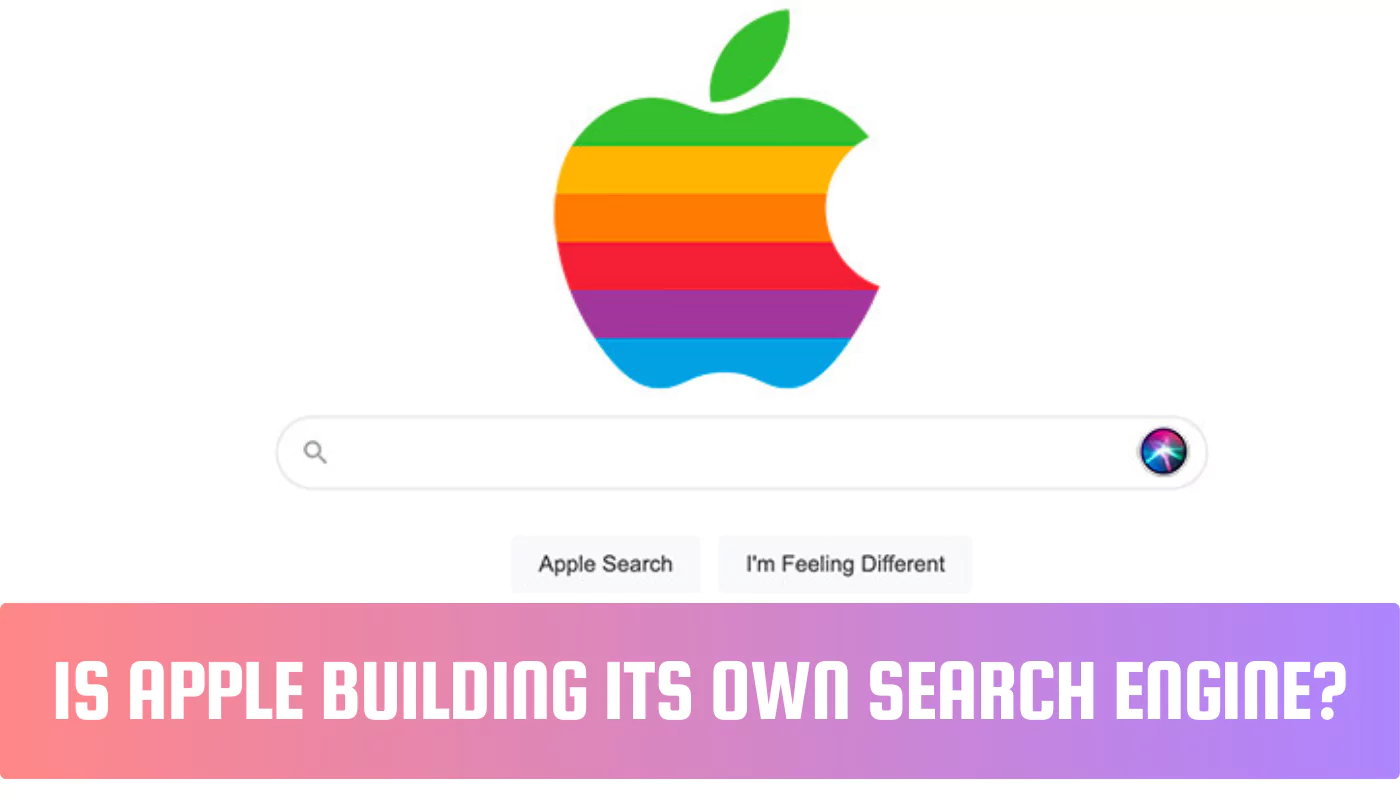AI Avatars: Transforming Digital Engagement Like Never Before
AI avatars are transforming digital engagement by offering hyper-personalized, interactive, and human-like experiences across various digital platforms. Whether it’s a virtual assistant, customer service agent, social media personality, or training guide, AI avatars are bridging the gap between human interaction and digital automation—boosting engagement, retention, and overall user satisfaction.
What Are AI Avatars?
AI avatars are digital representations powered by artificial intelligence that can simulate human-like communication, expressions, and gestures. These avatars can be 2D, 3D, or even photorealistic, and are capable of responding in real-time to voice, text, or visual inputs.
They combine technologies like:
- Natural Language Processing (NLP)
- Machine Learning (ML)
- Text-to-Speech (TTS)
- Computer Vision
- Emotion Recognition
These features allow AI avatars to hold dynamic conversations, adapt to user preferences, and create immersive experiences.
Where AI Avatars Are Making a Difference
1. Customer Support
AI avatars are becoming the face of 24/7 customer service. Instead of static chatbots, brands now use avatars that speak, express emotions, and guide users with empathy. This leads to higher satisfaction and faster problem resolution.
2. Education & Training
In eLearning, AI avatars act as tutors, mentors, or trainers. They offer personalized learning paths, explain complex concepts, and even provide real-time feedback—mimicking one-on-one interaction with a human teacher.
3. Marketing & Sales
AI avatars are increasingly used in product demos, personalized sales pitches, and social media campaigns. Their engaging and relatable nature helps build trust, improve conversions, and enhance brand recall.
4. Healthcare & Wellness
In digital health, avatars assist with mental health therapy, patient onboarding, and chronic disease management. They provide a friendly interface that reduces user anxiety and improves patient adherence.
5. Gaming & Entertainment
From interactive NPCs (non-player characters) to livestream hosts, AI avatars are enhancing realism and interactivity in the gaming and entertainment industries.
The Technology Behind the Transformation
AI avatars are not just visual characters—they’re complex systems driven by deep neural networks and generative AI models. Here are some critical technologies:
- Text-to-Avatar Engines: Transform text input into spoken language with synchronized facial expressions.
- Generative Adversarial Networks (GANs): Used for creating realistic facial animations.
- Voice Cloning: Enables unique voice personalization for each avatar.
- Emotion AI: Helps avatars respond appropriately based on user sentiment.
Why AI Avatars Drive Better Engagement
- Human-like Interaction: They mimic face-to-face conversations, creating a more natural user experience.
- Scalability: AI avatars can handle millions of interactions simultaneously without performance drops.
- 24/7 Availability: Unlike human agents, they never sleep, miss work, or get tired.
- Consistent Messaging: They always represent your brand in a uniform, professional tone.
Real-World Examples of AI Avatar Adoption
- Samsung’s NEON: Digital humans that act like real people and can be used in multiple sectors.
- Synthesia: Used by companies to create video content with avatars, replacing traditional video production.
- Replika: An AI avatar companion app used for mental wellness and companionship.
Challenges and Ethical Considerations
While AI avatars offer groundbreaking advantages, they come with challenges:
- Privacy concerns: Storing and processing personal user data raises ethical and regulatory concerns.
- Deepfake risks: Realistic avatars can be misused for misinformation or impersonation.
- Job displacement: Roles in customer service, education, and media might face disruption.
Balancing innovation with regulation and transparency is crucial to sustainable deployment.
The Future of AI Avatars
The evolution of AI avatars is just beginning. Future avatars will become more autonomous, emotionally intelligent, and context-aware. Integration with augmented and virtual reality will create mixed-reality environments where AI avatars interact with users in real time—transforming not just engagement but entire digital ecosystems.
Conclusion: A New Era of Digital Communication
AI avatars are not just a trend—they’re the future of digital engagement. By offering scalable, empathetic, and personalized interactions, they are revolutionizing how brands, educators, healthcare providers, and content creators connect with their audiences. As the technology continues to mature, AI avatars will become indispensable tools in shaping the future of human-digital relationships.









